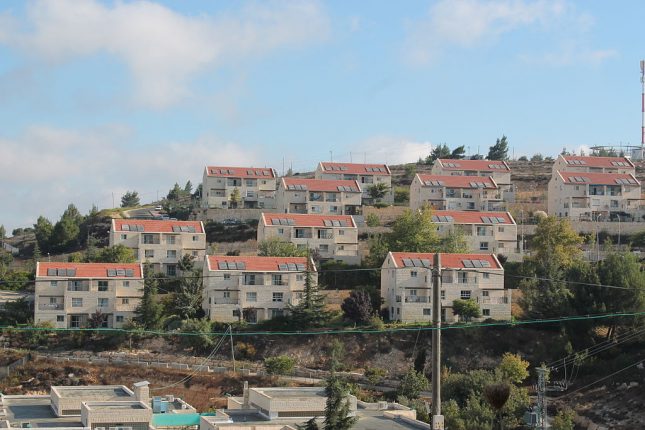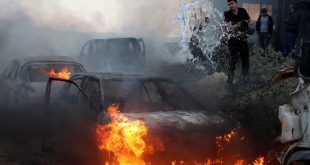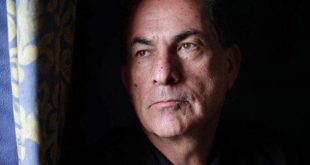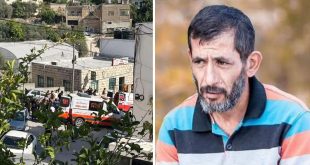The Israeli High Court of Justice ruled today on two petitions submitted in 2010 and 2013 by Abdel Rahman Qassem through Yesh Din, demanding the evacuation of illegal construction from his land in Dura al-Qara and the cancelation of the seizure order issued against his land in 1979 in favor of the settlement of Beit El. The court ruled that the illegal construction on the petitioner’s land (also known as the Dreinhof neighborhood) should be evacuated within six months.
At the beginning of the proceedings on the petition the State admitted the construction in question was illegal, and that the interim order given in the petition had been violated, and undertook to evacuate the construction accordingly by April 2012. But after the evacuation of the Jabel Artis neighborhood (Givat HaUlpana) the State retracted its undertaking to the court to evacuate the area and announced its intention to explore ways to legalize the illegal civilian construction on the land seized in 1979 for military purposes.
Today the Supreme Court accepted the petitioner’s position and ordered the buildings removed within six months. The Supreme Court strongly criticized the State for its frequent changes of policy during the hearings, part of which arose from its desire to appease the settler leadership because of the evacuation of the Ulpana neighborhood. The court stressed the gravity of construction on private land and the need for an effective enforcement policy, rather than buying time and evading the enforcement of orders.
In 2013 the petitioner submitted another petition demanding the cancellation of the seizure order for two reasons. The first reason was the absence of the military need for the seizure, following the State’s announcement it intended to pursue planning procedures for the seized land, not for military but for civilian needs. The second reason was the questionable circumstances of issuing the seizure order, which were discovered during the proceedings in the first petition. These included an explicit instruction by a senior Civil Administration official not to reveal the existence of the order to the Palestinian land owners. The two petitions were submitted by lawyers Michael Sfard, Shlomi Zachary, Anu Deuel Lusky and Muhammad Shuqier from Yesh Din’s legal team.
The court chose to reject the second petition without specifically addressing the arguments therein, and decided not to rule on the substantive issue of civilian construction in the occupied territories on private land seized for military purposes. One of the reasons given by the court for its decision not to rule on the legality of the seizure order was the broad implications of canceling the order years after it was issued. The court hinted to possibly implications of such a ruling for about forty settlements built on private land seized for military purposes before 1979.
Lawyer Shlomi Zachary from Yesh Din’s legal team said in response: “The court reiterated the importance of protecting the property rights of protected persons in an occupied territory. Both the political and legal echelons must thoroughly examine the policy of non-enforcement that allows recurring construction delinquency in the West Bank. Although the court chose not to decide on some of the substantive issues brought to its doorstep, Yesh Din will continue exposing illegal practices and fighting for Palestinians’ right to exercise their rights.”

 العربية
العربية עברית
עברית Türkiye
Türkiye Русский
Русский Français
Français We Watch Israeli Violations Specialized website in monitoring and documenting Israeli violations against Palestinians
We Watch Israeli Violations Specialized website in monitoring and documenting Israeli violations against Palestinians






